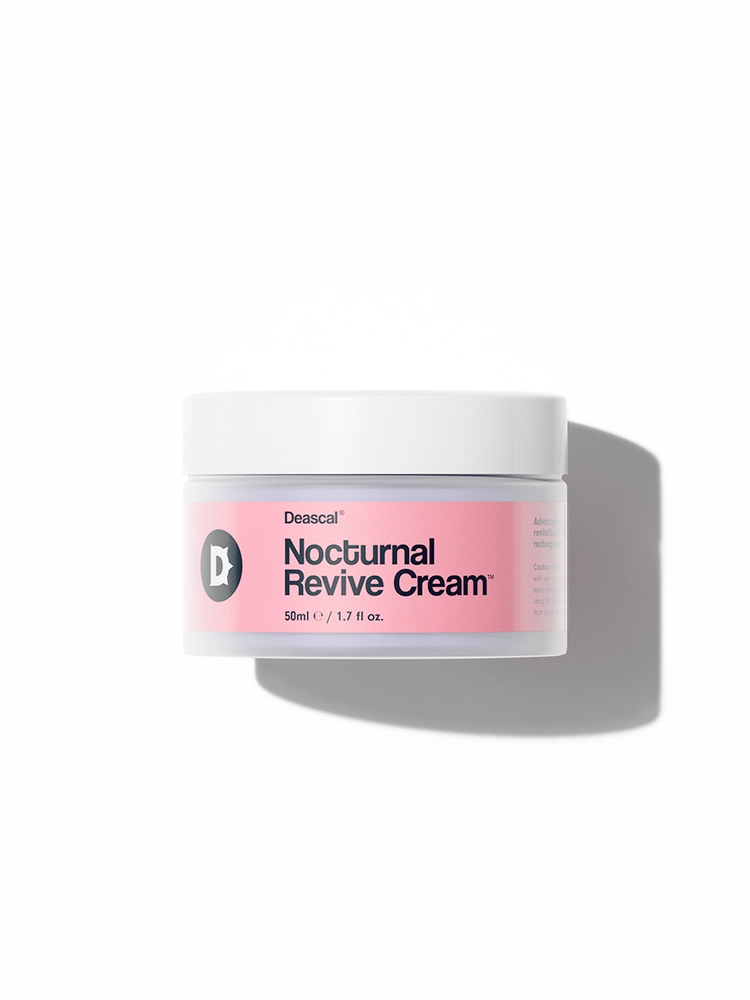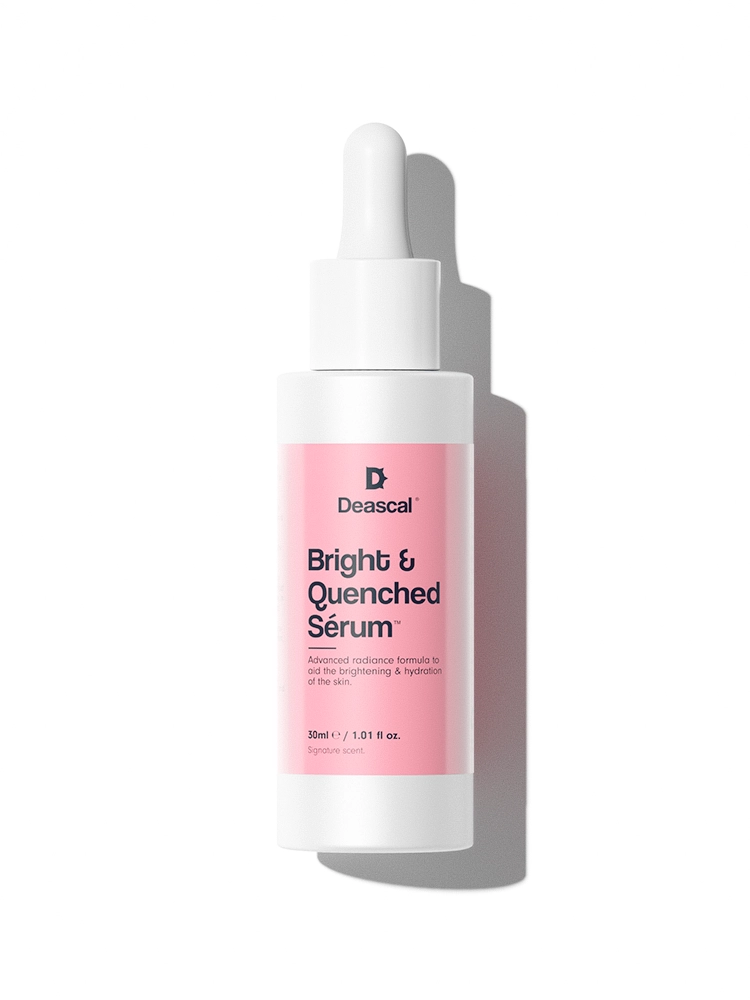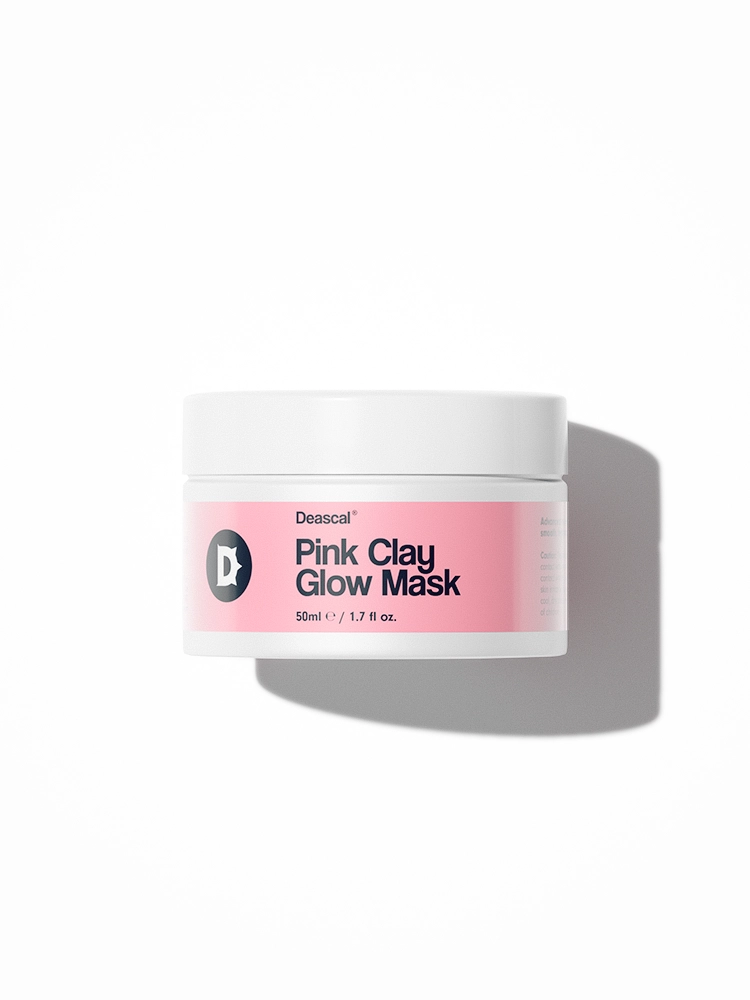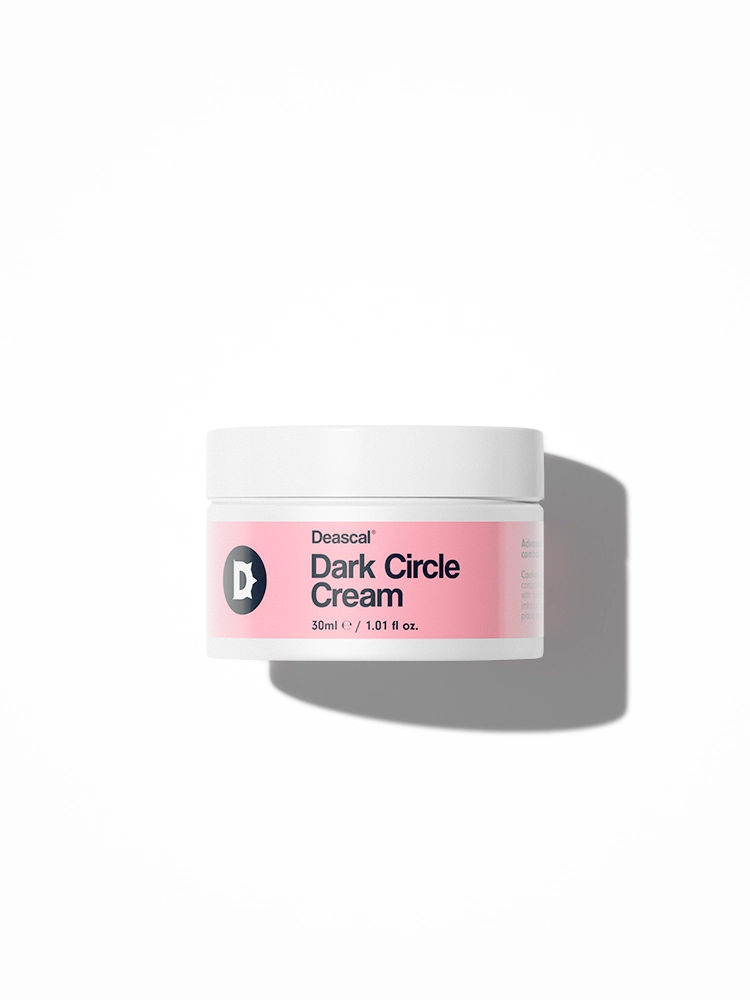Understanding Flaky Skin
Flaky skin occurs when the outer layer of your skin, known as the stratum corneum, doesn’t retain enough moisture, leading to dryness and the shedding of dead skin cells.
The stratum corneum plays a pivotal role in protecting your body from environmental aggressors like bacteria, pollutants, and harsh weather conditions. It consists of dead skin cells held together by lipids (fats) that create a barrier to keep moisture in and harmful elements out.
When this barrier is compromised, moisture escapes, causing the skin to dry out and flake.
This lack of moisture can result in an uneven texture, making your skin feel rough or bumpy to the touch. Itching often accompanies this dryness, ranging from mild to severe, and affected areas can sometimes become red and inflamed.
Additionally, your skin may feel tight, especially after cleansing or exposure to wind and cold.
Moisture is essential for maintaining healthy, smooth skin because it helps keep the skin’s barrier intact, allowing it to function properly. When your skin loses its ability to retain moisture, the stratum corneum starts to dry out. This dryness causes the skin cells to clump together and flake off, resulting in the dreaded flaky skin.
Common Causes of Flaky Skin
Several factors can lead to flaky skin:
Weather Conditions
Cold weather and low humidity levels can strip your skin of moisture. In winter, the air holds less moisture, and indoor heating further dries out the air, creating an environment that is particularly harsh on your skin. This combination can lead to the stratum corneum losing its ability to retain moisture, resulting in dry, flaky skin. Windy conditions can also exacerbate the issue by physically stripping away the skin’s natural oils.
Hot Showers
Prolonged exposure to hot water can remove natural oils from your skin. While hot showers might feel soothing, they can actually be quite detrimental to your skin’s health. Hot water disrupts the lipid barrier in the skin, which is responsible for keeping moisture in. Over time, this leads to increased dryness and flakiness. To prevent this, it’s best to keep showers lukewarm and limit their duration.
Harsh Soaps
Some soaps and detergents contain ingredients that can be too abrasive for your skin. Many commercial soaps have high pH levels and contain detergents that strip away the skin’s natural oils, leading to dryness and irritation. Opting for gentle, hydrating cleansers that are free from sulfates and fragrances can help maintain your skin’s moisture balance.
Medical Conditions
Conditions like eczema, psoriasis, and dermatitis can cause or exacerbate flaky skin. These conditions affect the skin’s barrier function, making it more difficult for the skin to retain moisture. Eczema, for instance, causes inflammation and irritation, leading to excessive dryness and flakiness. Psoriasis speeds up the skin cell turnover process, resulting in a buildup of dry, dead skin cells on the surface.
Dehydration
Not drinking enough water can result in your skin becoming dry and flaky. Hydration is crucial for overall skin health. When your body is dehydrated, it prioritizes vital organs over the skin, leading to a lack of moisture in the skin. Drinking sufficient water helps maintain the skin’s elasticity and suppleness, reducing the likelihood of dryness and flakiness.
Aging
As we age, our skin tends to lose moisture more easily, leading to dryness. The production of natural oils slows down with age, and the skin’s ability to retain moisture diminishes. Additionally, the natural cell turnover rate decreases, causing a buildup of dead skin cells that can lead to a flaky appearance. Using anti-aging products that contain moisturizing ingredients like hyaluronic acid and ceramides can help combat this issue.
Genetics
Genetics can play a significant role in determining the health of your skin. If dry, flaky skin runs in your family, you might be more prone to experiencing it yourself. Genetic factors influence the skin’s ability to produce and retain moisture, as well as its sensitivity to environmental factors. Understanding your skin type and genetic predispositions can help you choose the right skincare products and routines to manage and prevent flaky skin effectively.
Lack of or Poorly Implemented Moisturizing Routine
A lack of or poorly implemented moisturizing routine can also contribute significantly to flaky skin. Moisturizing is essential to replenish and lock in the moisture your skin loses throughout the day. Without a proper moisturizing routine, your skin’s barrier can become compromised, leading to increased water loss and dryness. Additionally, using the wrong type of moisturizer for your skin type can be just as ineffective as not moisturizing at all. For example, those with very dry skin might need a thicker, more emollient cream, while those with combination skin might benefit from a lighter, hydrating lotion. Consistently moisturizing with the right products helps maintain your skin’s hydration levels and prevents flakiness.
Skincare Routine to Get Rid of Flaky Skin
Achieving hydrated and flake-free skin requires a consistent and well-thought-out skincare routine. Here’s a step-by-step guide to help you get started:
Step 1: Gentle Cleansing
Start your routine with a mild, hydrating cleanser that won’t strip your skin of its natural oils. Look for products labeled as “fragrance-free” and “hypoallergenic.” These cleansers help maintain your skin’s moisture barrier while effectively removing dirt, oil, and impurities.
Step 2: Exfoliation
Gently exfoliate your skin once or twice a week to remove dead skin cells and promote a smoother texture. Opt for a chemical exfoliant with ingredients like alpha hydroxy acids (AHAs) or beta hydroxy acids (BHAs) instead of harsh physical scrubs. These chemical exfoliants work to dissolve dead skin cells without causing irritation.
Another excellent option is polyhydroxy acids (PHAs). PHAs have larger molecules than AHAs and BHAs, which means they penetrate the skin more slowly and are less likely to cause irritation, making them ideal for sensitive skin.
Step 3: Hydrating Toner
After cleansing and exfoliating, apply a hydrating toner to replenish moisture and prepare your skin for the next steps. A good toner will help balance your skin’s pH levels and enhance the absorption of subsequent products.
Step 4: Treatments
Incorporate hydrating treatments to boost moisture levels in your skin. These treatments can include serums with hyaluronic acid, which can hold up to 1000 times its weight in water, making it an excellent ingredient for dry skin. You can also use treatments like hydrating masks or ampoules that provide an extra dose of moisture. Look for products containing ingredients such as glycerin, aloe vera, and ceramides, which help to hydrate and repair the skin barrier.
Step 5: Moisturizer
Choose a rich, emollient moisturizer to lock in moisture and strengthen your skin’s barrier. Look for ingredients like ceramides, glycerin, and shea butter. These ingredients work together to hydrate and protect your skin, preventing moisture loss and maintaining smoothness.
Step 6: Sun Protection
Never skip sunscreen! UV rays can damage your skin’s barrier and lead to dryness. Opt for a broad-spectrum SPF 30 or higher to protect your skin from harmful UV radiation. Applying sunscreen daily is crucial, regardless of the weather or your indoor/outdoor plans.
Pre-Bed Note
In addition to your morning routine, a nightly skincare regimen is equally important. Follow the same steps for cleansing, toning, and treatments. For the moisturizer step, consider using a thicker night cream or a sleeping mask to provide intense hydration while you sleep. This helps your skin repair and regenerate overnight, ensuring you wake up with refreshed and hydrated skin.
Lifestyle Changes to Improve Flaky Skin
In addition to your skincare routine, certain lifestyle changes can significantly improve the condition of your skin.
First, staying hydrated is crucial. Drinking plenty of water throughout the day helps keep your skin hydrated from the inside out, maintaining its elasticity and reducing dryness and flakiness.
Using a humidifier in your home, especially during winter, can also make a big difference. Humidifiers maintain moisture in the air, preventing the dry indoor environment from sapping moisture from your skin.
Eating a balanced diet rich in omega-3 fatty acids, vitamins, and antioxidants supports overall skin health. Foods like fish, nuts, seeds, fruits, and vegetables provide essential nutrients that promote skin hydration and repair.
It’s also important to limit hot showers. Stick to lukewarm showers and keep them short to avoid stripping your skin of natural oils. Hot water can disrupt the lipid barrier of the skin, leading to increased dryness and flakiness.
Lastly, choosing the right products is essential as well. Avoid harsh products with alcohol, fragrances, and other irritants that can dry out your skin. Opt for gentle, hypoallergenic products that nourish and protect your skin without causing irritation.




